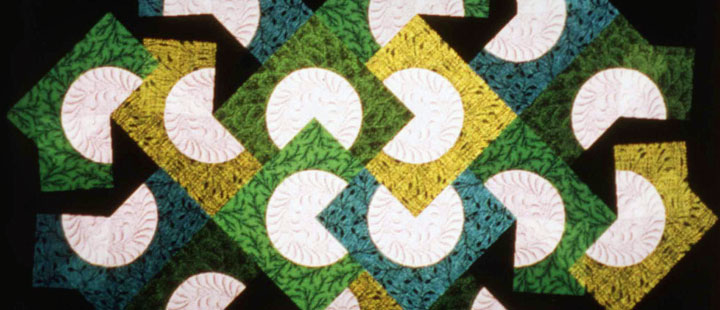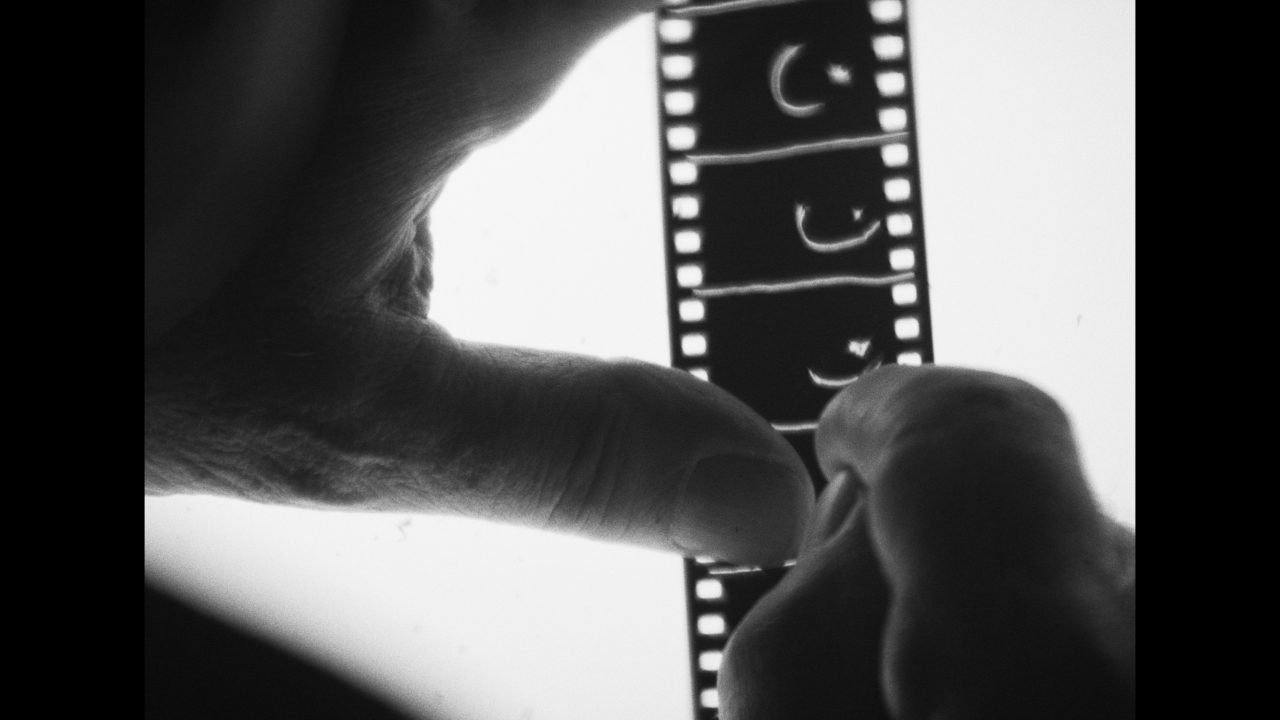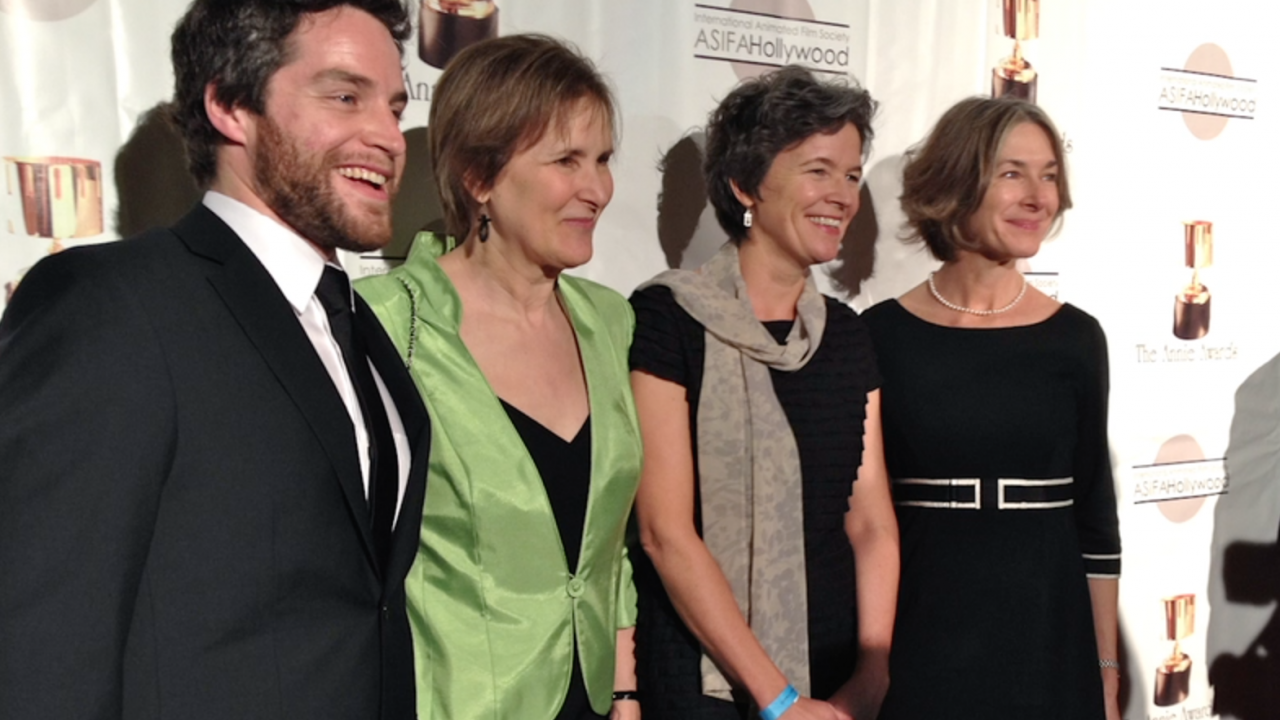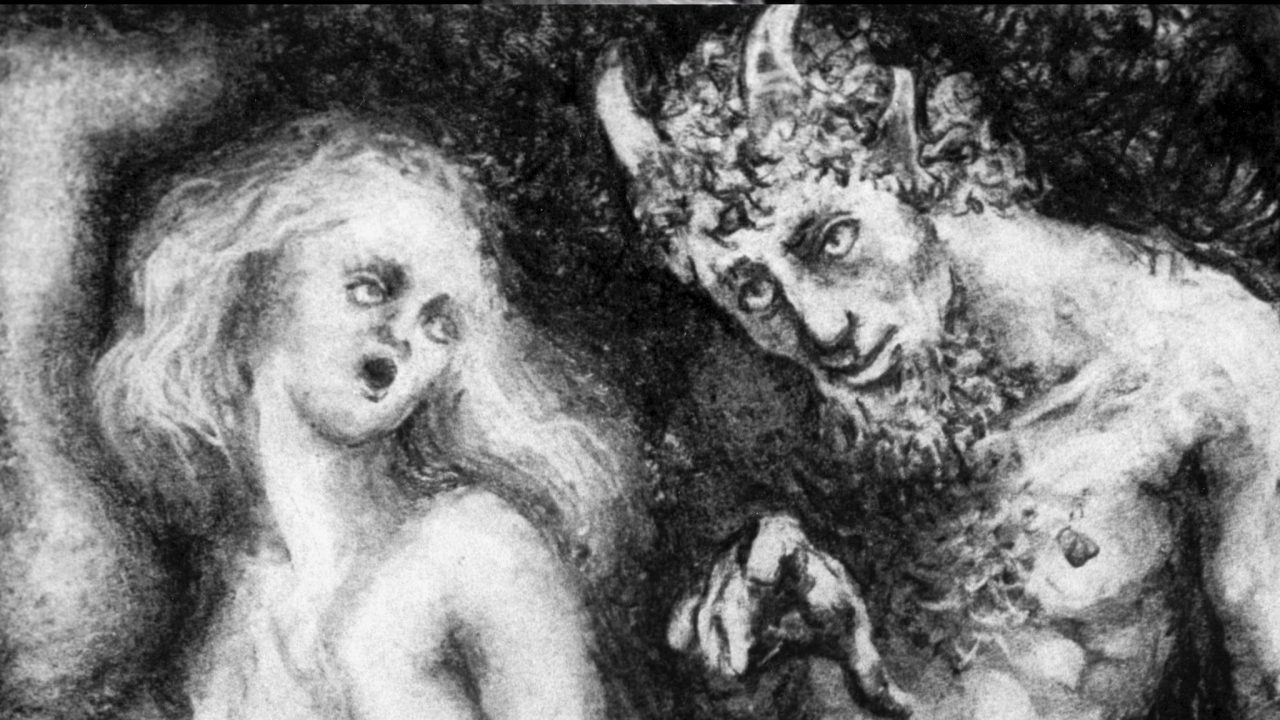
Quilt: An interview with filmmaker Gayle Thomas
Quilt: An interview with filmmaker Gayle Thomas
What we, the web team, now lovingly (yet somewhat bewilderedly) refer to as The Quilt Saga started back in February when we innocently published Quilt, a short animated film about traditional quilt patterns, on NFB.ca. The film was an instant hit. Within a matter of days – and without any sort of coaxing on our part – quilters everywhere were enthusiastically watching, sharing, embedding and commenting on Quilt all over the interwebs. So much so, in fact, that during its first week online, Quilt was the single most viewed film on our site – bar none – which is quite the statement if you’ve ever heard of NFB films like say The Log Driver’s Waltz, or RiP!, or Carts of Darkness.
Noticing the trend, I then published a post (cf. Quilt Fever) on Feb. 17 stating the facts and thanking quilters and quilting communities for their interest and support. Since then, The Quilt Saga has systematically kept blowing our minds. The post itself instantly became our most-read blog post of all times (55 comments, 702 Facebook “likes”), while the film continued its impressive journey skyward. Last I checked it had 84,122 views.
Sometime ago, I had a chance to chat with the woman behind Quilt, filmmaker Gayle Thomas. Gayle spoke to me from her home in Ottawa, where she teaches computer graphics at the Ottawa School of Art. Here is some of what she had to say.
Carolyne Weldon: Are you a quilter? What was the last quilt you made?
Gayle Thomas: I’m not a quilter. I’ve never done a quilt in my life. I’ve made some patchwork pillows, though. Twelve pillow tops using traditional patterns, but just the fabric design, no stitching.
CW: Tell me about the genesis of the film Quilt. How did it come into existence?
GT: I was an animation filmmaker at the Film Board for almost 30 years, from 1970 and 1998. It was the NFB’s golden era. Greats like Caroline Leaf and Ryan Larkin were still around and auteur film was in vogue. When you came up with an idea for a film, you went in front of a committee who said yay or nay, and if they liked it, you went back to your room and made your film. So we were always on the lookout for ideas.
One day I saw a quilt exhibit at the MoMa. It blew my mind. The quilts they had on display were the best of the best. If you turned your head this way you saw one thing, that way, another. I thought to myself, this thing really moves! It was perfect for animation. And so I stored the idea. Years passed before I finally made the film in computer animation, which ended up being perfect for animating patterns.
CW: What were some of the challenges in making this film?
GT: Before starting to make Quilt, I’d never used a computer. Remember, this was the early 1990s. Happily, it was a time when you still could experiment and take your time to master a technique. It wasn’t all about the bottom dollar. The NFB put this Apple computer at my disposition. I remember they said it was the strongest computer at the Film Board. With the help of John Weldon – pretty much the only computer literate person around – and some books and tutorials, I got started in computer animation. It was an exploratory period. I’d go to John and ask him if he thought I could do this or that. Most often he’d tell me he wasn’t sure how, but that everything was doable.
I used to go to the quilting shop and buy small pieces of fabric. There was this place in Pointe-Claire called Calico House [now the Quilting Economuseum]. Then I scanned them and played around with them in Adobe Photoshop, where I could change their size, colour and motif. Once I had all the designs I needed, I used one of the first versions of Adobe After Effects to animate them. At the end, everything was transferred back to 35 mm film.
CW: Can you say a word about the patterns you chose to animate? What are they?
GT: All the patterns I used are traditional quilting patterns. There are 24 traditional quilt designs in total, including Robbing Peter to Pay Paul, Log Cabin, Dresden Plate, Windmill, Star and Feathered Star. I found the different patterns in books and magazines when I was doing research for the film. Patterns always interested me. I love the way they look. I also went to the Quilt Festival in St. Jacobs, in Ontario [the St. Jacobs Quilt & Fibre Art Festival] a couple times. The region has a strong Mennonite heritage and the quilts on display are just gorgeous. They hold auctions on Saturdays and once I bought one once. It is amazing.
CW: The film is very popular online. It has gotten over 80,000 views since being added to our streaming site February 7. If you had to guess, why would you say the film has been received so positively?
GT: Personally, I think the film had to be seen by quilters. It has finally reached its audience: the quilting community. The film was not originally marketed for them. When it came out, in 1996, it was marketed in a compilation called Geometry on the Move: Playing with Shapes and Forms, a collection of shorts for kids. Online, Quilt finally found its community – the community of people who love and make quilts.
Quilt, Gayle Thomas, provided by the National Film Board of Canada
Read also: Quilt Fever




Thanks Michael, hope you are doing well… GT
Love this story. Nice to hear you again, Gayle!
[Nice work, Carolyne!]